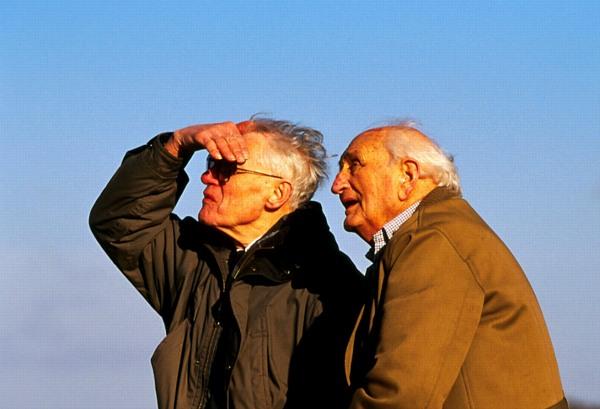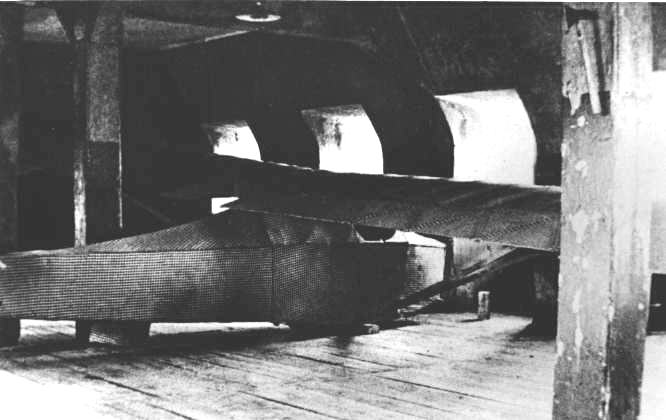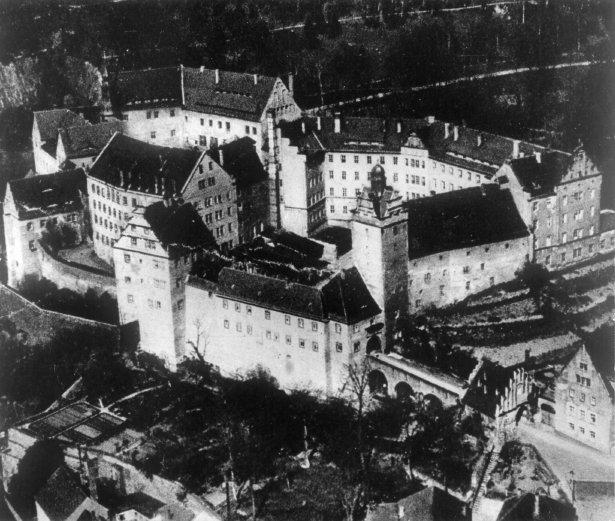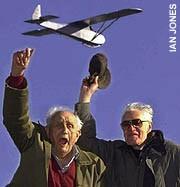them... flying.

Photos Courtesy of Neil Lawson, the white planes picture co.
It was a cold and windy day. They looked frail. I wondered at the wisdom of exposing these old warriors to such bitter elements. I was not prepared for what unfolded. Following the 'maiden' flight (there were four in all), each time I looked at Bill and Jack, they seemed younger. They were experiencing palpable rejuvenation. They eventually became as excited as a couple of kids at Christmas. Neil Lawson

"If all went well," said Kenneth Lockwood, the secretary of the Colditz Association, a survivors' group, "The glider would soar for about a mile from a height of about 100 feet down over the town of Colditz, over farmland and finally over the River Mulde, landing on the far side of the river."
"The key thing was to cross the river," Mr. Lockwood said in a telephone interview on Friday. "If they could clear that they could reach a nearby railroad station, board a train and make it to Switzerland, which was neutral."


